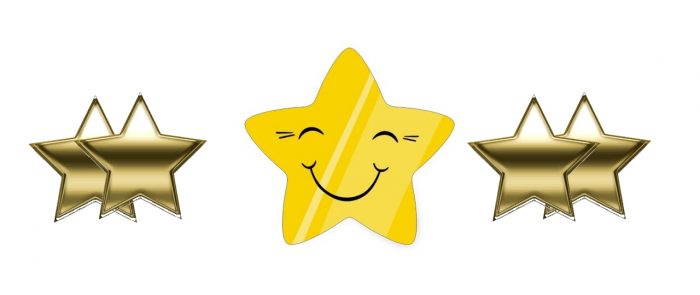Cultivating Happiness in Your Child and Yourself
The 3-Step Process
by Dr. Roxanne Daleo
On any Saturday afternoon, the Boston Children’s Museum and gift store is bustling and busy! That’s how it was the day I visited. I saw moms and dads with their children and grandparents on a special outing with the family.
A little girl who looked to be three and a half was in front of me, I could hear a voice from a short distance say, “Honey, would you like this cute, stuffed bunny or the mermaid doll?”
No response came quickly from the preschooler; she just kept looking around at the many choices of colorful objects everywhere. “Come on now, Sweetheart, what do you want?
Again, the little one with glazed eyes and speechless continued to scan and touch every row of
hanging items on the racks in front of her. Her mother in earnest says, “ OK, well
maybe you’d like this set of crayons? Or this book?” The mother opens to the first page and starts reading to her daughter amidst the chaos. The young girl, staying with her mission, systematically moves unhurried along the wall of books. Her mother, now with a sense of urgency in her voice says, “I really want you to be happy!” No response from her daughter.
Now it was a good thirty minutes or more that passed, no kidding! The mom continues,
“Does this tiny bear make you happy? Finally, the child nods, yes. “Are you sure? Because I want to make you happy! The child didn’t appear particularly thrilled with the little bear but took her mother’s hand and walked to the register. As they walked out the door past me to the coffee shop Au Bon Pain I heard the mother’s voice fading in the distance, “Sweetie, would you like a nice bread?
I wish I could say this was unusual, but the truth is, it happens all the time. I was amazed at this mother’s strong effort to do what she thought would make her child happy. Is that wrong? No, but it puts much emphasis on external things as the key to happiness, doesn’t it?
We all want to be happy. In fact, many parents and kids I counsel come to me to reduce anxiety and depression. Motivated by their desire for happiness in themselves and their kids, a parent will confess that their “go to” method for motivating their child is bribery: “if you finish your chores, you’ll get allowance at the end of each week”
Bribes do not work because they are extrinsic in nature rather than intrinsic. Often changing your child’s behavior but not necessarily for the better. This revelation can be a real eye-opener, especially when you can see how your child becomes more demanding, inflexible and intolerable after bribing is employed.
For lasting results and life long happiness to be achieved, there must be a SHIFT from outer incentives to inner self-motivation. Here are 3 ways to cultivate happiness in your child and yourself
1. Giving a Toy vs. Enjoying Activity
Know the distinction between immediate gratification of giving your child a toy (mobile device, etc.) and doing an activity that brings pure joy. It is the feeling of joy that motivates from within your child. The act of doing something your child enjoys alerts him about how to “feel happy” without anyone bribing him.
2. Complimenting vs. Inspiring Belief in Self
Know the distinction between giving your child a compliment and having him feel pride in a job done well or in a skill mastered through practice such as piano, skiing, etc. When your child finds strength deep down inside of himself, he learns he is more powerful than he initially realized.
3. Comparing vs. Feeling Good About Who He Is
Know the distinction between letting your child compare himself as “not good enough, smart enough,” etc. versus recognizing his inherent gifts and goodness. Tell your child you are born with certain talents or gifts. Ask him to tell you what they are. Your child feeling good about who he is comes from knowing he matters. When a child knows his identity as a significant member of the family, his feeling good about himself grows. Further, how he is as a friend, such as being helpful, kind, caring also fosters inner contentment.
Cultivating happiness comes from understanding the inner child life process and promoting that.











